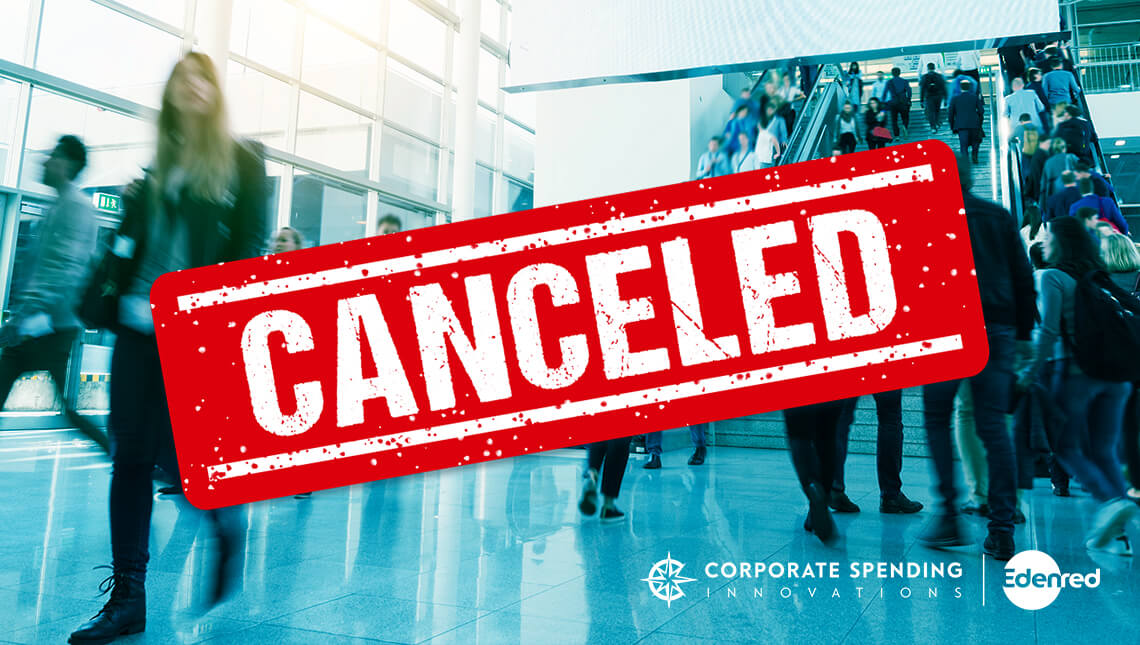For businesses across the world, live events, trade shows, and conferences have been a key element to meeting prospective buyers and demonstrating products. With the recent pandemic, in-person events have been shut down with much hesitation to resume any time soon.
Marketing departments are strategizing on how to close the gap of declining leads expected from live events. Other marketing programs such as email campaigns, social media, webinars, podcasts, and virtual events have been ramped up, but the burning question is…are they working?
Most companies are experiencing some success with the above-mentioned programs, but in many cases the leads have dropped substantially and there isn’t a silver bullet that has shown great success. Each business has to find the right combination of lead generating activities to offset the decrease in leads. What works for one company won’t necessarily work for another.
With CFO’s cutting budgets to remain profitable or in some cases, to remain open, marketing teams have an additional challenge of doing more, with less. According to a study by Gartner, CFO’s across all industries have taken action to reduce their 2020 budgets in the wake of the revenue-impacting pandemic. The highest budget cuts have been in Marketing at 14 percent.
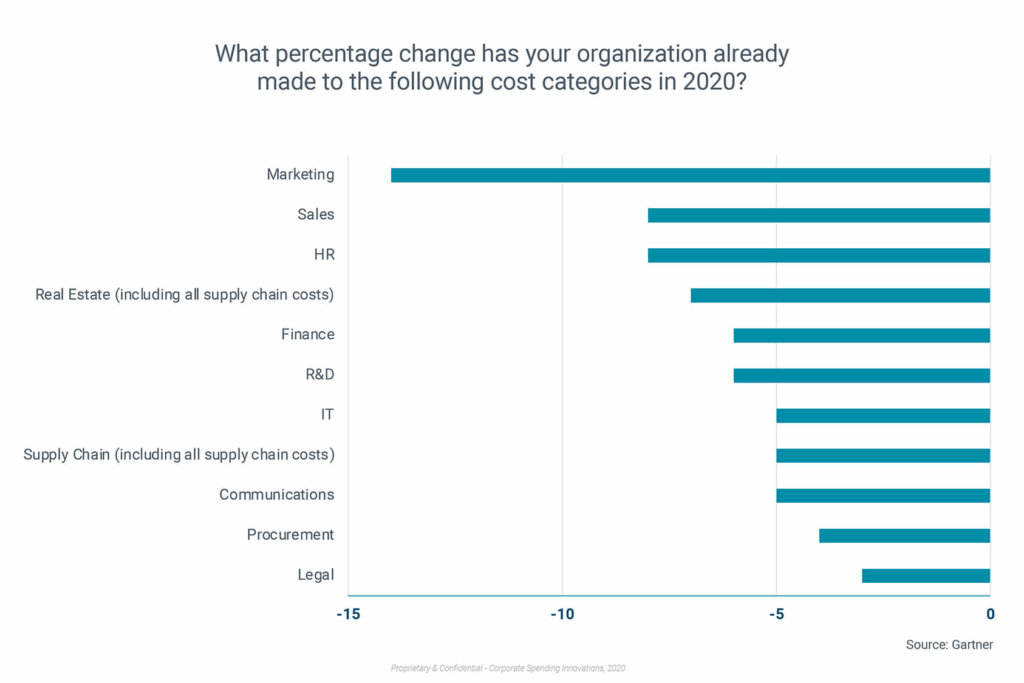
Marketing professionals understand that budgets will come and go but delivering sales qualified leads remains a constant. Finding creative ways for lead generation is just part of the job.
According to a recent survey of 450 US marketeers conducted by LinkedIn and Vision Critical, the top 3 most significant marketing challenges are: budget cuts cited by 42% of respondents, switching in-person events to virtual events at 34%, and shifting marketing priorities for the foreseeable future at 31%.
Let’s look at how some marketing programs have changed in the new business environment.
 |
Email Campaigns
Just because you can’t meet prospects in person, doesn’t mean you have to stop all communication. If done correctly, a powerful and creative email campaign can make an impact and bring in qualified leads. Emails can showcase a company’s product offerings as well as customers via video case studies and testimonials. With email, the best policy is to get to your point quickly. Everyone is inundated with emails and catching someone’s attention and engaging them in under 2 seconds is more important now than ever.
|
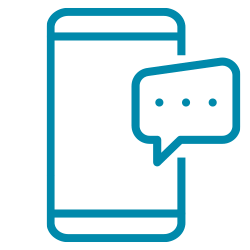 |
Social Media
Social media platforms such as LinkedIn, Facebook, Instagram, YouTube, and Twitter have always been great ways to reach a broad audience, and user engagement on these platforms have not slowed down during this difficult time. Social media should always be an element of marketing programs in the effort to keep your brand relevant, top of mind, and allow you to engage with customers and prospects.
|
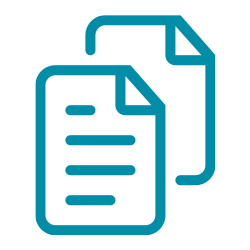 |
Blogs/Whitepapers
15-20 page whitepapers demonstrate your company’s thought leadership and they still have a place, however, trying to grab the mindshare of your prospects with so much noise in the market may warrant a faster or shorter approach, hence the birth of blogs. Writing short stories that engage the reader have a better chance of connecting in a way that is informative, enjoyable, and entertaining. If your blogs connect with readers, you can increase followers that can help broaden your company’s awareness and deliver new sales leads.
|
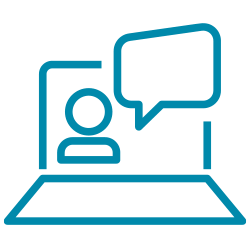 |
Webinars
Live webinars can be used to engage an audience as well as show a product demonstration. Webinars can be as short as 15 min or as long as 60 minutes. It can be difficult to keep an audience engaged after an hour. Webinars that showcase your company’s knowledge of the attendee’s pain points/challenges, with an accompanying solution, and wrapping it up with customer results makes it easier for the attendees to make a more informed purchase decision.
|
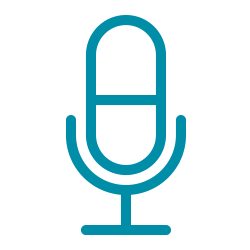 |
Podcasts
Your audience or buyer may not always be available to attend a webinar with a set date and time. Although a recording of the webinar can be sent after the live air date, a podcast is a great alternative. From a presenter’s perspective, a podcast takes a lot less work, energy, and coordination than a live webinar. For the audience, they can listen at a time that’s convenient for them, even while doing other things. Podcasts are often times more engaging and informative, allowing you to build a following similar to social media and blogs with the goal of increasing the company’s awareness and increasing leads.
|
Virtual Events/Roundtable Sessions/Town Hall Meetings
These interactive virtual events are becoming more popular in replacing in-person events. They can be held by individual companies or conducted through experienced media, analyst or influencing event companies.
If you choose to conduct an event in one of these formats on your own, there are several platforms and companies that compare the pros, cons and pricing of each. One company with platform comparisons is Capterra https://www.capterra.com/virtual-event-software/.
|
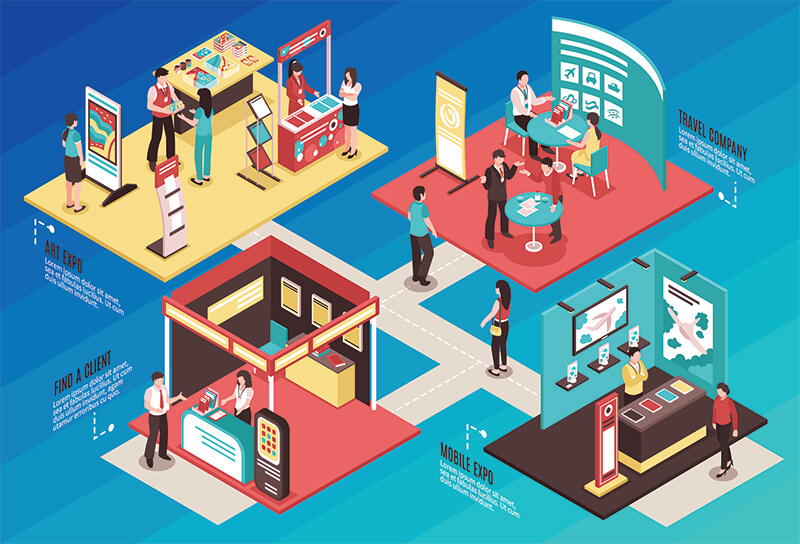 |
These events take a great deal of coordination.
- Event Platform: Selecting a platform that provides easy access for attendees is critical. If the platform is unique and attendees need to download software to participate, you may lose attendees right at the start. Also, there are no platforms today that don’t have some type of technical issues from time to time. All you can do is have a plan if issues arise, and direct access to the platform’s IT staff to help if the worst happens during your event.
- Topic: Choosing a topic or subject that hasn’t been overdone is harder than it sounds. The topic should be broad enough to attract attendees, yet specific enough to inform and educate attendees on a set of common pain points with proven solutions.
- Speakers/Presenters: Identifying and securing great speakers/talent takes time and can hold up the event if not planned well in advance. The right speakers can make your event a complete success. Also, if speakers have a large social/industry following, they can attract a large audience alleviating the burden of event registrations.
- Marketing/Advertising: Developing a comprehensive plan that will entice the largest number of people to attend, including emails, social media, and advertising should begin no later than 30 days prior to the event. 60 days is even better.
- Incentives: If within budget, provide an incentive such as a discount on one of your speaker’s books, complementary access to an industry report, etc.
Marketing programs will keep evolving as the environment changes. As new technologies are introduced, programs may be easier to deploy, conduct and track. Hopefully, live events will come back soon and become an integral part of our lead generation plans once again. Until then, keep reinventing your marketing plans, be creative, and the leads will come.
